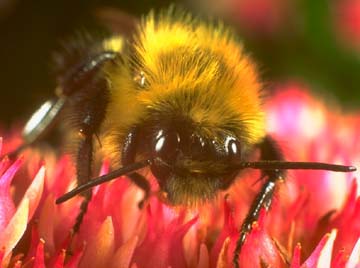Insects like this bee are eaten as food in many countries. They may one day be used as food for astronauts.
Click on image for full size
Image courtesy of Corel Photography
Astronauts May Eat Insects
News story originally written on September 3, 1999
Have you ever grabbed a worm off the cement after a long rain and taken it to school for lunch? Or maybe you snatched a chirping cricket from the corner and popped it in your mouth. Sound disgusting? In several countries people eat bugs all the time. Of course, they are usually cooked!
These tasty critters are full of protein, which makes them a very healthy snack. This means that one day astronauts may be taking a bucket of bugs into space. It would be very hard for astronauts to bring a cow aboard or grow plants. But a colony of worms would be ideal for space travel. They are easily stored, and can reproduce during the flight.
People in Mexico aren't waiting for the space age, they've known about these tasty insects for years. The most popular are bees, ants, worms and grasshoppers. Those that chow on these morsels must be careful of harmful poison that the bugs may carry. Some are bagging and bottling insects collected from crops that aren't sprayed with poison.
So the next time you're hungry and there is nothing in the fridge, why not heat up a few grasshoppers and have a healthy meal?
You might also be interested in:
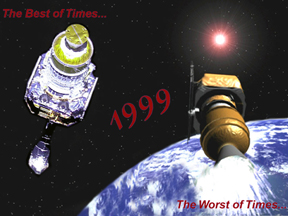
It was another exciting and frustrating year for the space science program. It seemed that every step forward led to one backwards. Either way, NASA led the way to a great century of discovery. Unfortunately,
...more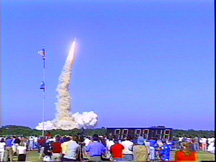
The Space Shuttle Discovery lifted off from Kennedy Space Center on October 29th at 2:19 p.m. EST. The weather was great as Discovery took 8 1/2 minutes to reach orbit. This was the United States' 123rd
...more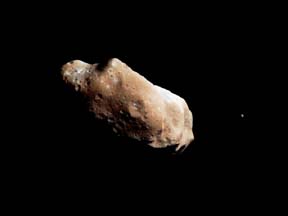
A moon was discovered orbiting the asteroid, Eugenia. This is only the second time in history that a satellite has been seen circling an asteroid. A special mirror allowed scientists to find the moon
...more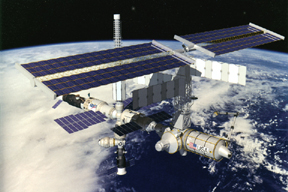
Will Russia ever put the service module for the International Space Station in space? NASA officials want an answer from the Russian government. The necessary service module is currently waiting to be
...more
A coronal mass ejection (CME) happened on the Sun early last month. The material that was thrown out from this explosion passed the ACE spacecraft. The SWICS instrument on ACE has produced a new and very
...more
J.S. Maini of the Canadian Forest Service called forests the "heart and lungs of the world." This is because forests filter air and water pollution, absorb carbon dioxide, release oxygen, and maintain
...more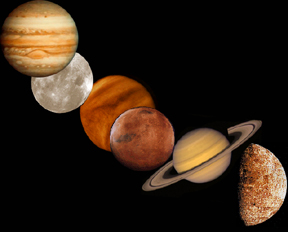
In late April through mid-May 2002, all five naked-eye planets are visible at the same time in the night sky! This is includes Mercury which is generally very hard to see. You won't want to miss this!
...more


